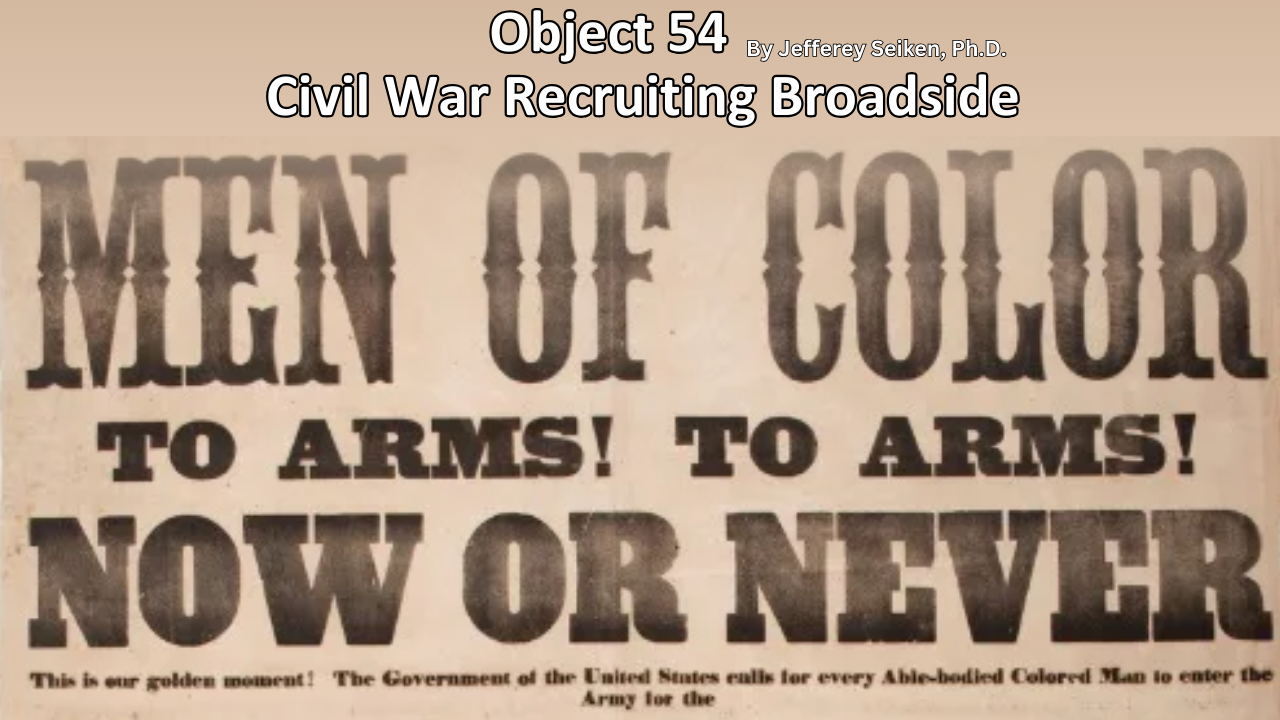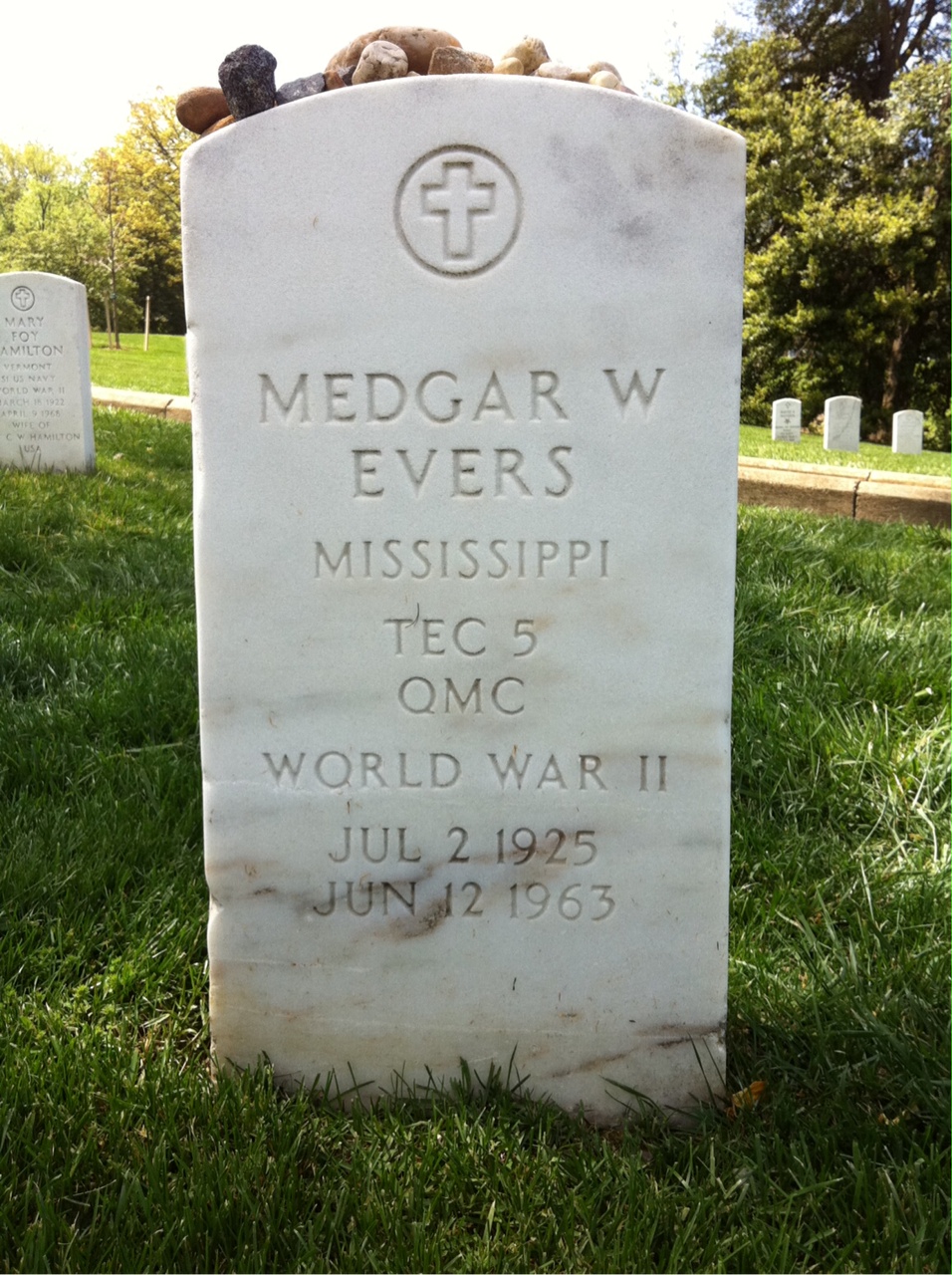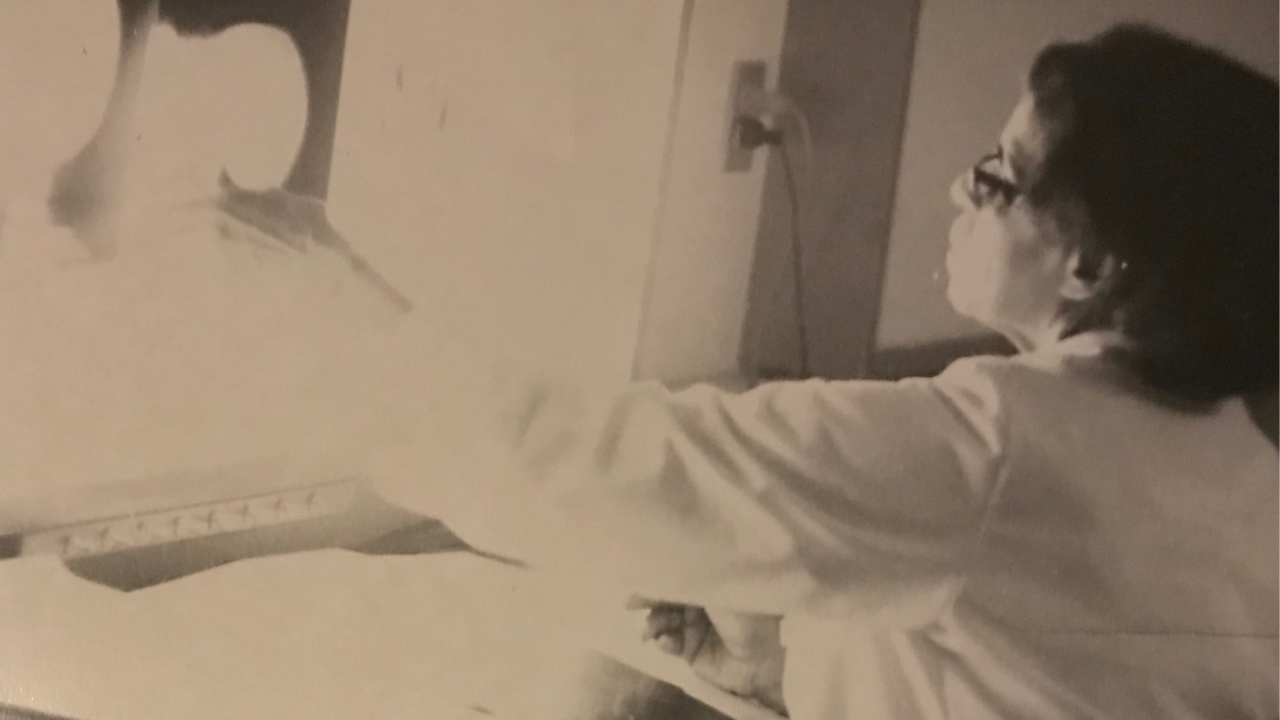
Featured Stories
Celebrating Women Veterans, Past and Present: Dr. Ivy Brooks
As a historian, connecting the present day with past events is a process fundamental to the profession. Researchers typically rely on information contained in archives and databases, but sometimes the most relevant details are provided by people. This was the case as a newly arrived historian at the Tuskegee VA Hospital attempted to ascertain details surrounding the life and career of Dr. Ivy Brooks, former director of radiology.
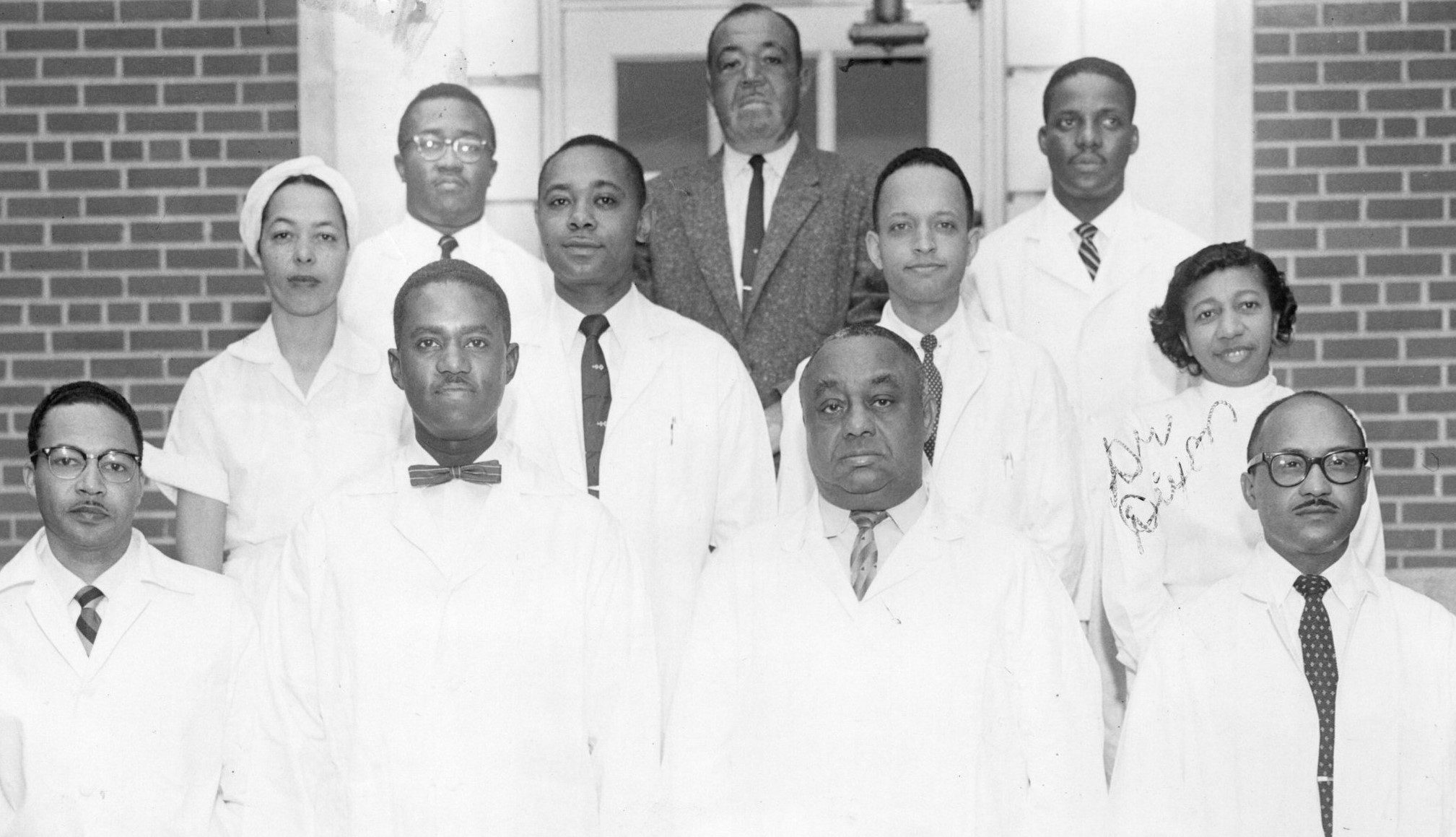
Featured Stories
Drs. Ivy Brooks and Mildred Dixon: Challenging the Status Quo
In the mid-twentieth century, the lives of Dr. Ivy Brooks and Mildred Dixon, two trailblazing Black women physicians, converged at the Tuskegee, Alabama, VA Medical Center. Doctor's Ivy Roach Brooks and Mildred Kelly Dixon shared much in common. Both women were born in 1916 in the northeastern United States and received training in East Orange, New Jersey. They both launched careers in alternate medical professions before entering the fields of radiology and podiatry, respectively. Pioneering many “firsts” throughout their professional lives, both women faced and overcame the rampant racism and sexism of the era.
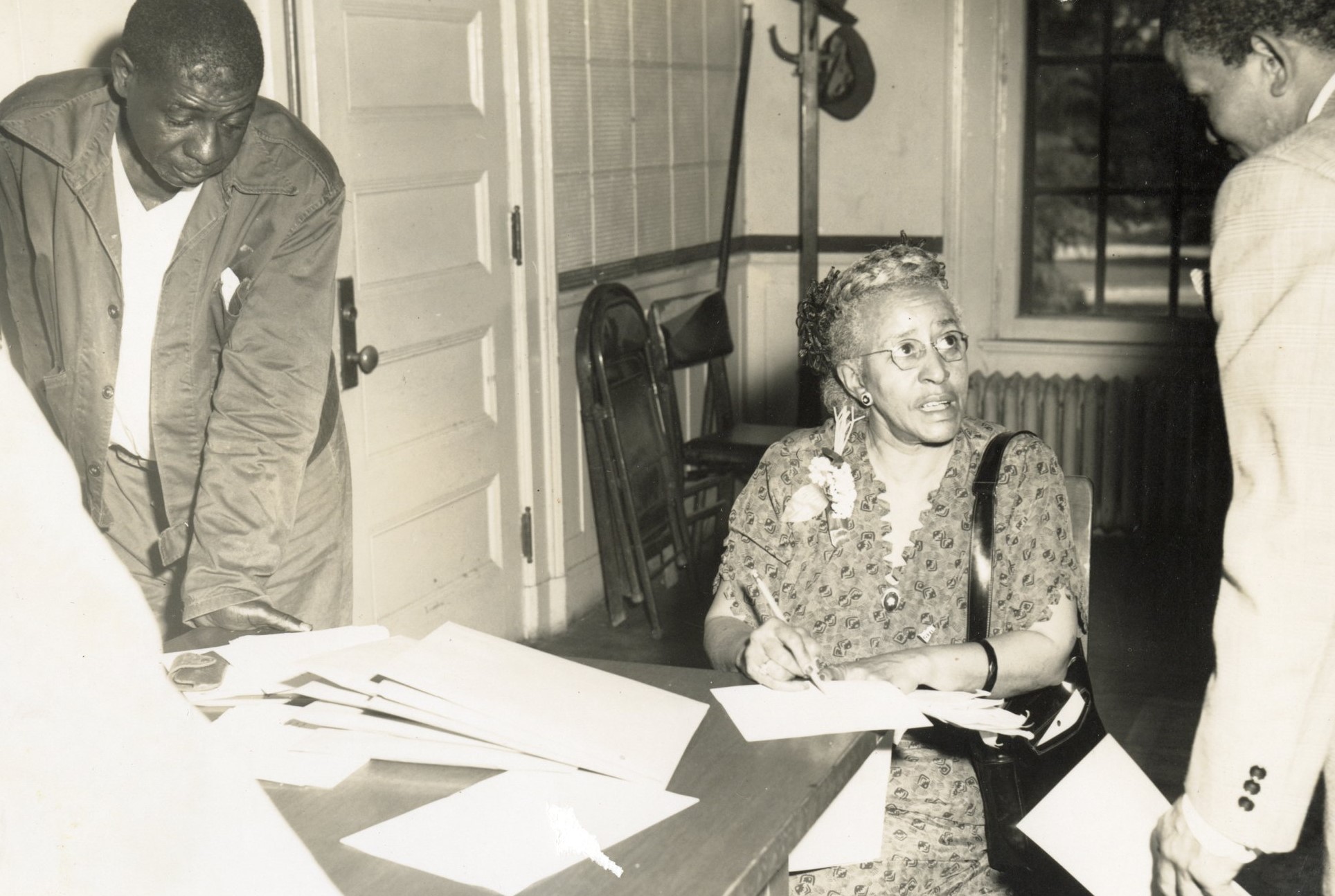
Featured Stories
Tuskegee’s Librarian: Dr. Sara Marie Johnson Peterson Delaney
Dr. Sara (Sadie) Marie Johnson Peterson Delaney was a trailblazer in promoting libraries and literacy – and worked at what would eventually become today’s VA. She was the Chief Librarian of the VA hospital in Tuskegee, Alabama, for 34 years.
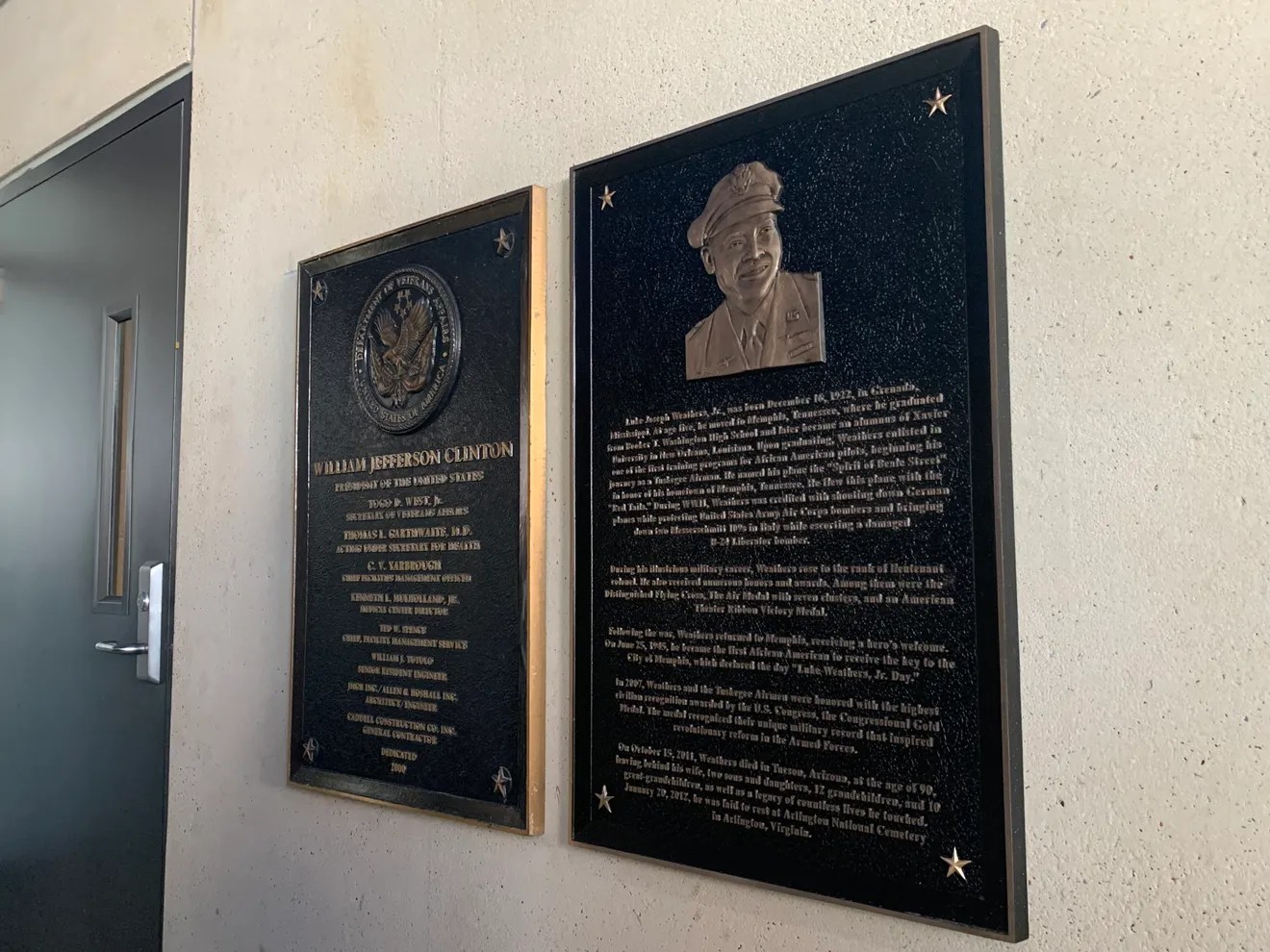
Featured Stories
Luke Weathers Jr.: Tuskegee Airman Gets VAMC Naming Honors
The Memphis VA Medical Center was officially renamed the Lt. Col. Luke Weathers, Jr. VAMC after the Memphis native and Tuskegee Airman who served in World War II and was the city's first African American air traffic controller.

History of VA in 100 Objects
Object 59: The Veterans Legacy Memorial
In 2019, VA’s National Cemetery Administration (NCA) launched the Veterans Legacy Memorial (VLM), an innovative, interactive web site with memorial pages for more than 4.5 million Veterans. VLM utilizes the millions of records contained within NCA’s Burial Operations Support System database. Each Veteran’s memorial page is populated with information about his or her military service and place of burial.
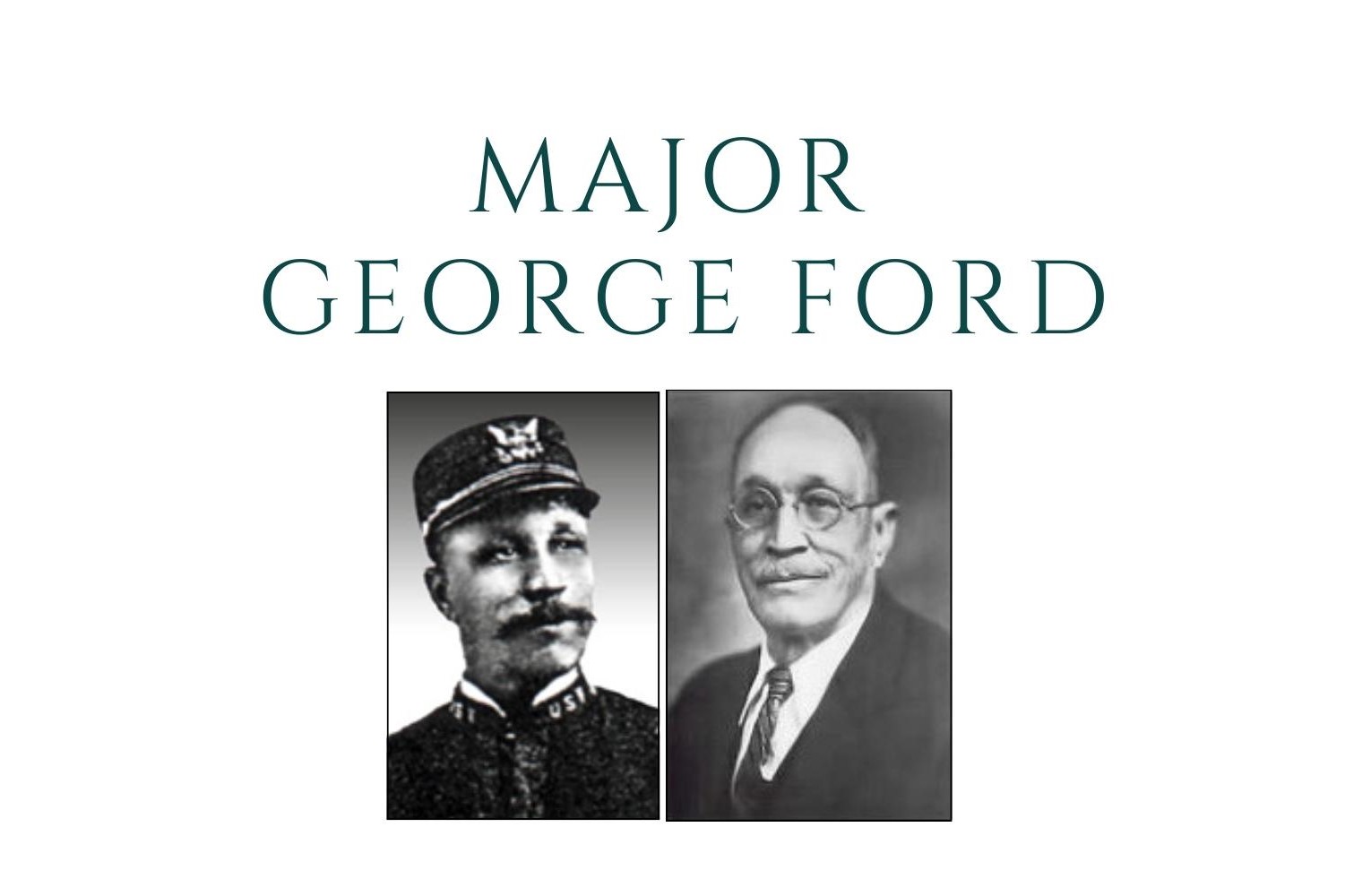
Featured Stories
George Ford – Veteran and National Cemetery Superintendent
George Ford was a Veteran of the famed "Buffalo soldiers" after the Civil War. A U.S. law gave preference to employ Veterans to oversee the growing cemetery system for Union dead. So in 1878, Ford became one of the first Black Veteran superintendents of a national cemetery.

History of VA in 100 Objects
Object 32: U.S. Colored Troops Burial Petition
Just after Christmas in 1864, African American soldiers recuperating at the United States Colored Troops (USCT) L ‘Overture General Hospital in Alexandria, Virginia, submitted a petition for the right to burial alongside their White counterparts in the city’s Soldiers' Cemetery, one of the first national cemeteries established by the U.S. government during the Civil War.

History of VA in 100 Objects
Object 11: Staff of Tuskegee Veterans Hospital
To accommodate the growing number of African American Veterans in the south following World War I, the Veterans Bureau opened the Tuskegee Veterans Hospital in 1923 reserved exclusively for their use. Originally called the “Hospital for Sick and Injured Colored World War Veterans,” the installation was staffed entirely by Black doctors and nurses.
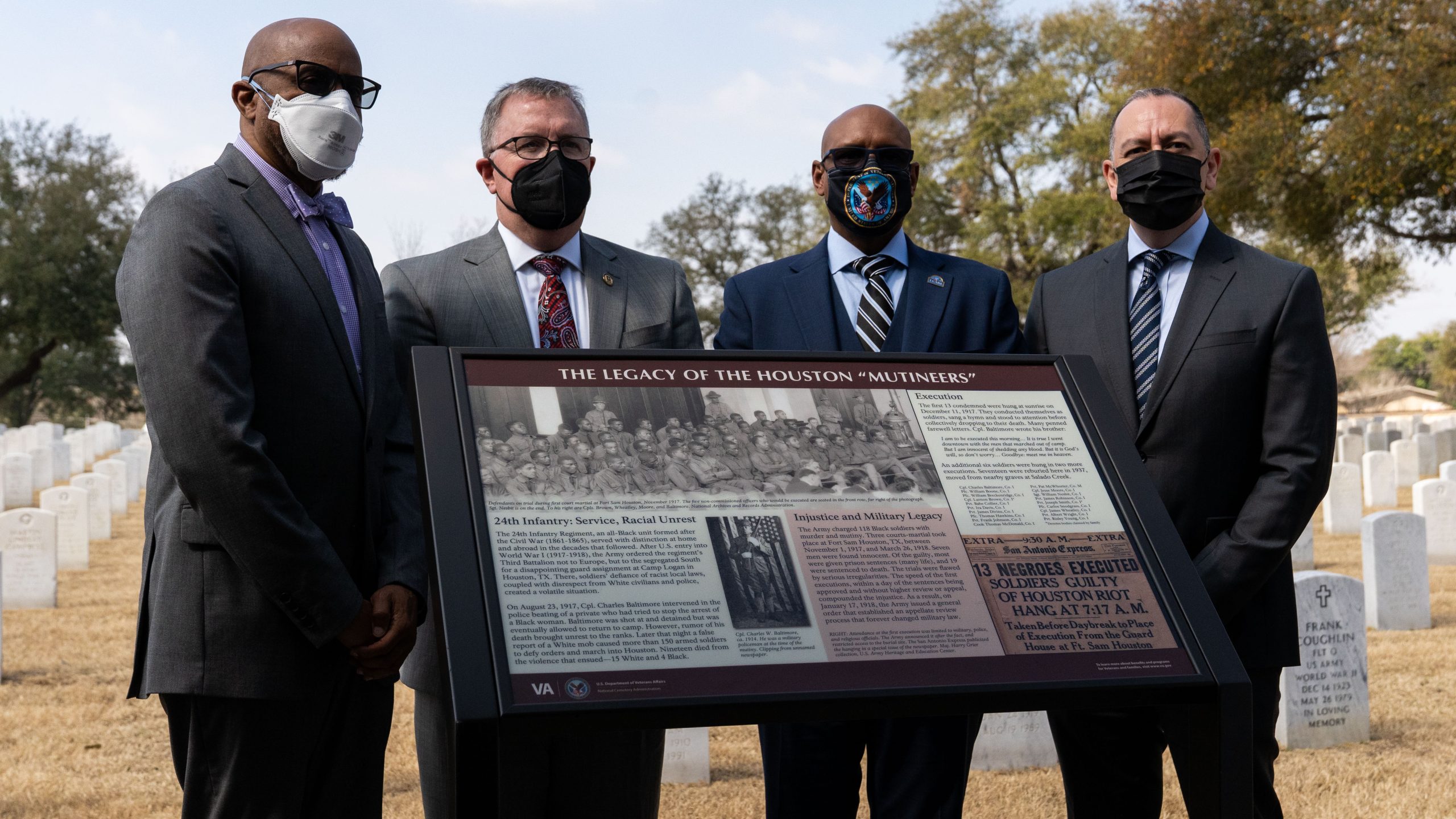
Featured Stories
Black Soldiers From 3-24th Infantry’s Legacy
On February 22, 2022, the National Cemetery Administration unveiled a wayside sign at Fort Sam Houston National Cemetery near seventeen graves of Black World War I soldiers from the 3-24th Infantry executed by the Army as mutineers after a violent, racially driven melee in Houston. The events led to an immediate, historic change to the courts-martial appellate-review process on January 17, 1918.
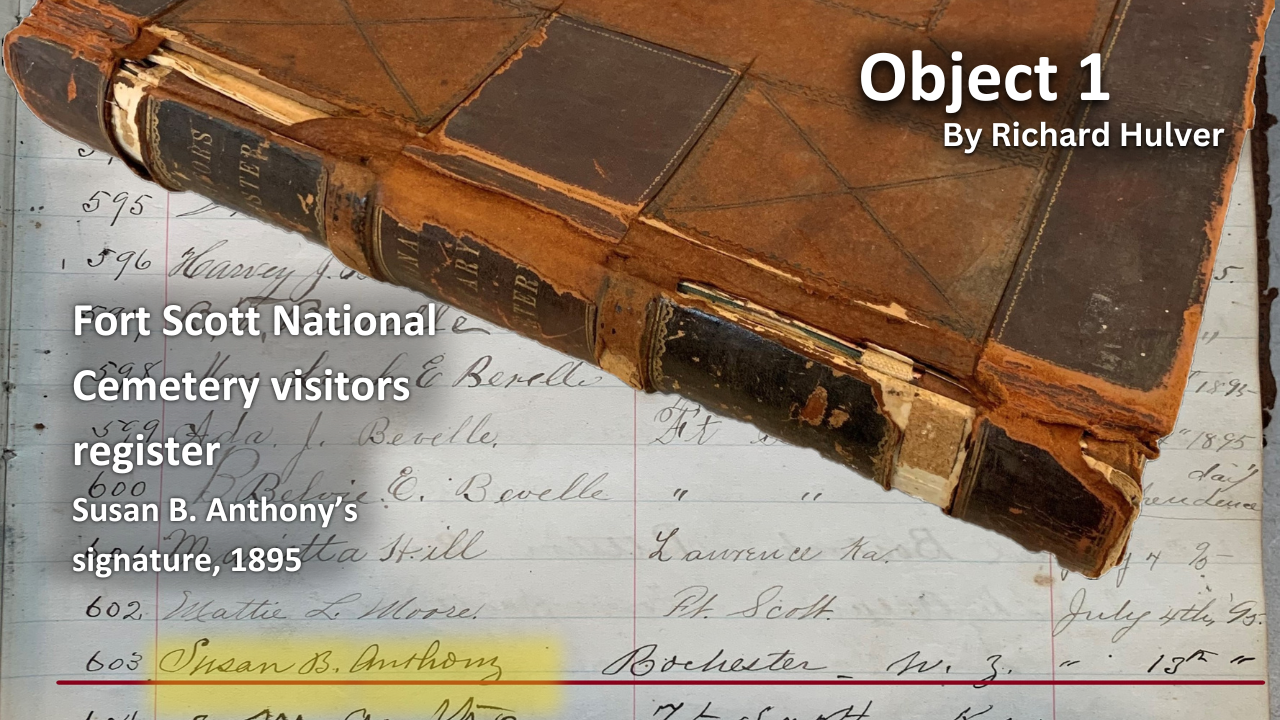
History of VA in 100 Objects
Object 1: Fort Scott National Cemetery Visitors Register With Susan B. Anthony Signature, 1895
On July 13, 1895, renowned suffragist and social activist Susan B. Anthony visited Fort Scott National Cemetery, Kansas. Sitting on a table within the cemetery superintendent's lodge was a leather-bound visitor register, which she signed.


